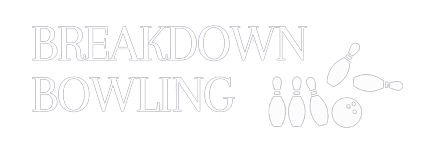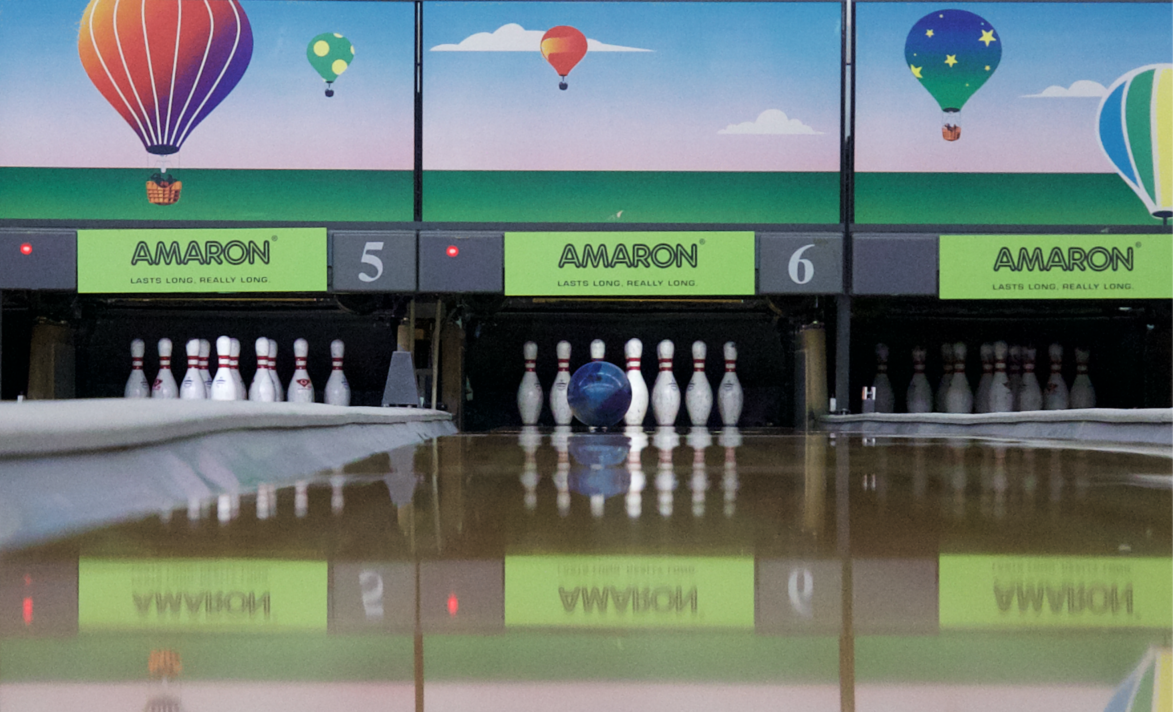Learning how to spare is probably the fastest way for a bowler who has just learnt to bowl to quickly increase their average. In this guide, we will introduce different systems for taking single pin spares, as well as general principles for bowling spares so that you have a plan for any pin leave that may come up! If you are a complete beginner, do check out our Ultimate Beginners’ Guide first to learn a proper bowling !
3-6-9 System
Idea
The idea behind the 3-6-9 sparing system is that we are able to adjust our feet or standing position, and nothing else, such that we will be able to take any spares. Due to its simplicity, this sparing system is probably the first that most of us will learn.
How much should we move? Well the answer is in its name! For a right-handed bowler, for each pin on the left or right of the , we move our feet 3 boards in the opposite direction. We won’t delve into the exact calculations here, but from the geometry of the lane (and application of Pythagoras’ Theorem), a movement of 3 boards from the starting point of the ball will create a difference of about 5 boards at the pins, which is sufficient to reach the next pin.
Details
Advantages and Disadvantages
The biggest advantage of this sparing system is that all you need to do is to move your feet. There is no need to change any other part of your , such as your speed or .
However, the system operates under the assumption that you do have a shot, or are at least able to get on the correct side of the . Also, it is difficult to use if you are bowling on the extreme outside (aiming under 5 boards at the arrows), as moving 9 boards on your feet might lead your ball to the gutter. Lastly, for challenging oiling patterns, inconsistency at the backend may cause the ball to hook differently, causing you to miss the pin even if you hit your target.
2-4-6 System
Idea
The 2-4-6 system is similar to the 3-6-9 system, where you make adjustments off your shot. However, instead of moving your target. For each pin leave to the left or right of the head pin, you move your target 2, 4 and 6 boards in the same direction. Again, these calculations have been made using the geometry of the lane, and the simplicity of the adjustments make this system suitable for beginners.
Details
Advantages and Disadvantages
Similar to the 3-6-9 system, all you need to do here is to move your target. There is no need to adjust any other component of your .
This system also suffers the same disadvantages of the 3-6-9 system, where it may be impractical to take the corner pin, especially the 10 pin for right-handed bowlers. The accuracy of this system may also be affected by challenging lane conditions.
Personal System
Idea
Most professional bowlers do not use these 2 systems in their entirety due to their listed disadvantages. Instead, they use their own personal systems which typically involve throwing the ball straight at the pin to prevent lane conditions from affecting the ball reaction. In some sense, it is the simplest idea of all!
However, they do employ the principles from these systems in their own spare shooting. For example, we could define our own personal line to take the Pin 7, and then adjust our feet 3 boards to the right and aim at the same target to take the Pin 4.
Details
Advantages and Disadvantages
Once you have calibrated your own spare system, you can use it for practically any lane condition, regardless of what line you are playing for your pocket shots. You will also be able to do it more consistently as the way you bowl your spares is the same, instead of having to bowl a new line for your spares every time you change your shot.
The biggest difficulty comes from throwing a straight ball, especially for beginners who may not be able to release the ball consistently. This can easily be overcome by using a spare (usually polyester) ball, which should roll straight even if you give it some rotation. Ideally, we would want to throw it at a high speed with pure , but this is definitely not necessary for most of us.
Multiple Pin Leaves
Now that we are able to confidently take single pin leaves, we are ready for multiple pin leaves. As a general rule, we take the spare like we are taking only the frontmost pin. For example, if we are sparing Pins 2-4-7, then we use whatever our spare system suggests for taking Pin 2. As another example, if we are sparing Pins 2-4-5, then we aim for Pin 2 again.
There is one more scenario where we have a pin leave which includes 2 pins, one directly behind another. This could be Pins 3-9 and 2-8 (also known as a ‘slipper’), or Pins 3-5-6-9 and 2-4-5-8 (also known as a ‘bucket’). In this case, we need the ball to drive through the front pin to carry the back pin, but a spare ball may deflect away. I would recommend using a strike ball and adjusting using the 3-6-9 or 2-4-6 systems, rather than throwing a spare ball straight at the front pin.
Closing Remarks
Improving on your spares is probably the simplest change you can make to your game that will result in the biggest change in your bowling average. We highly recommend understanding how to apply the 3-6-9 and 2-4-6 systems first, and then developing your own personal spare system.
We hope you found this guide on sparing systems useful! Do share your own personal spare systems in the comments below if you have any different idea!

